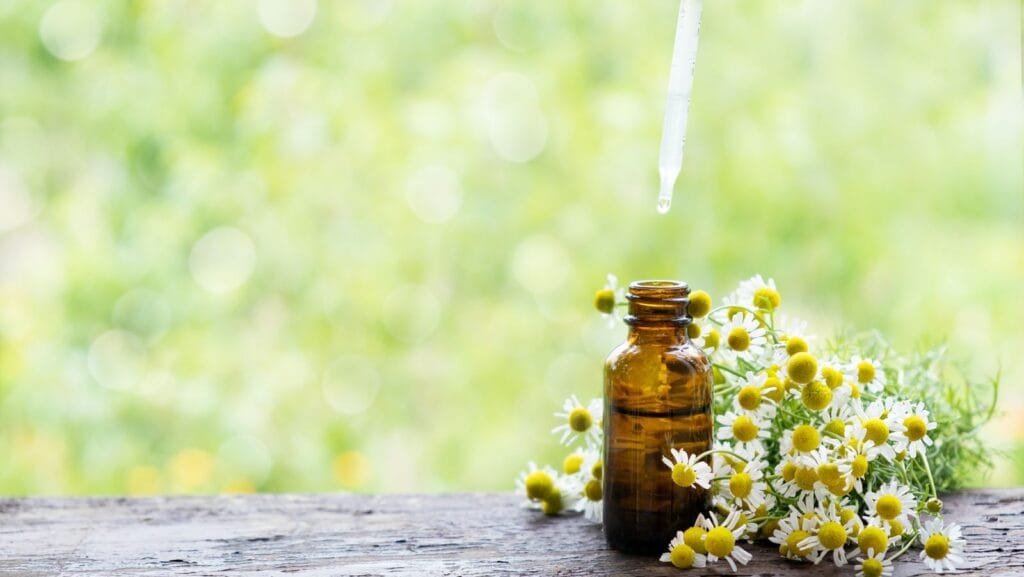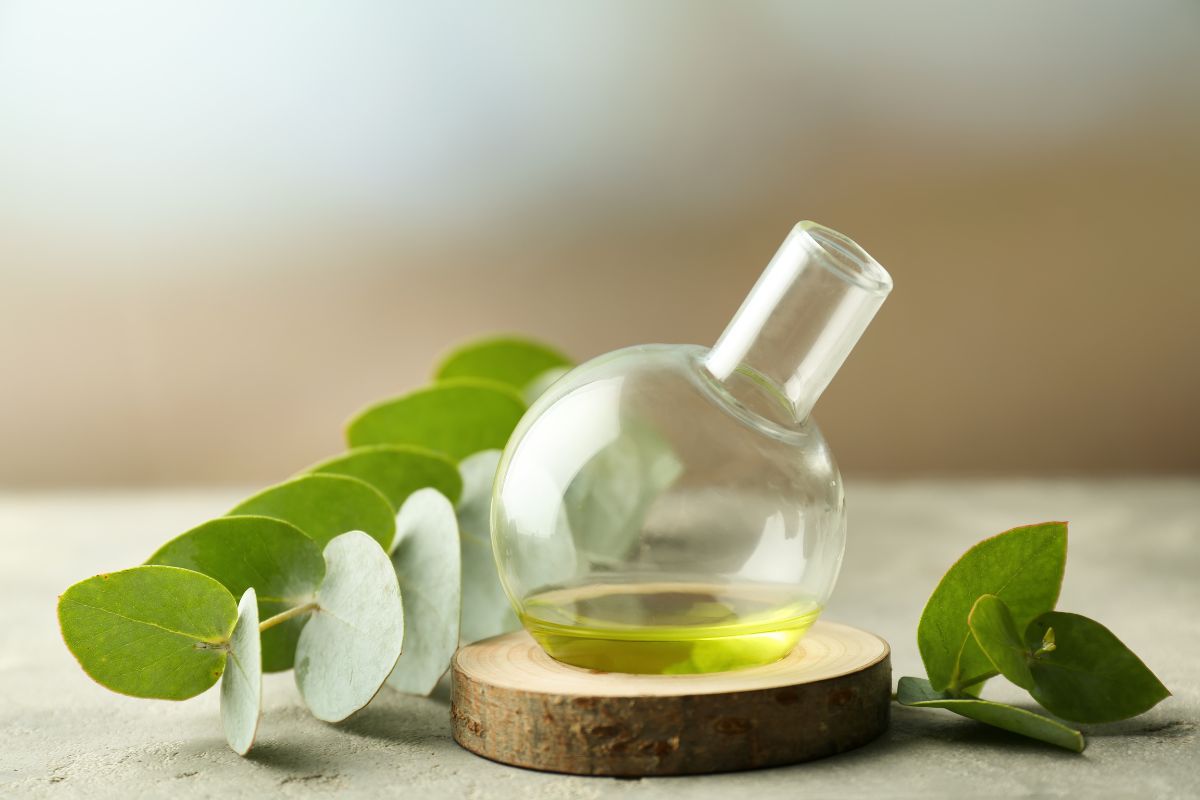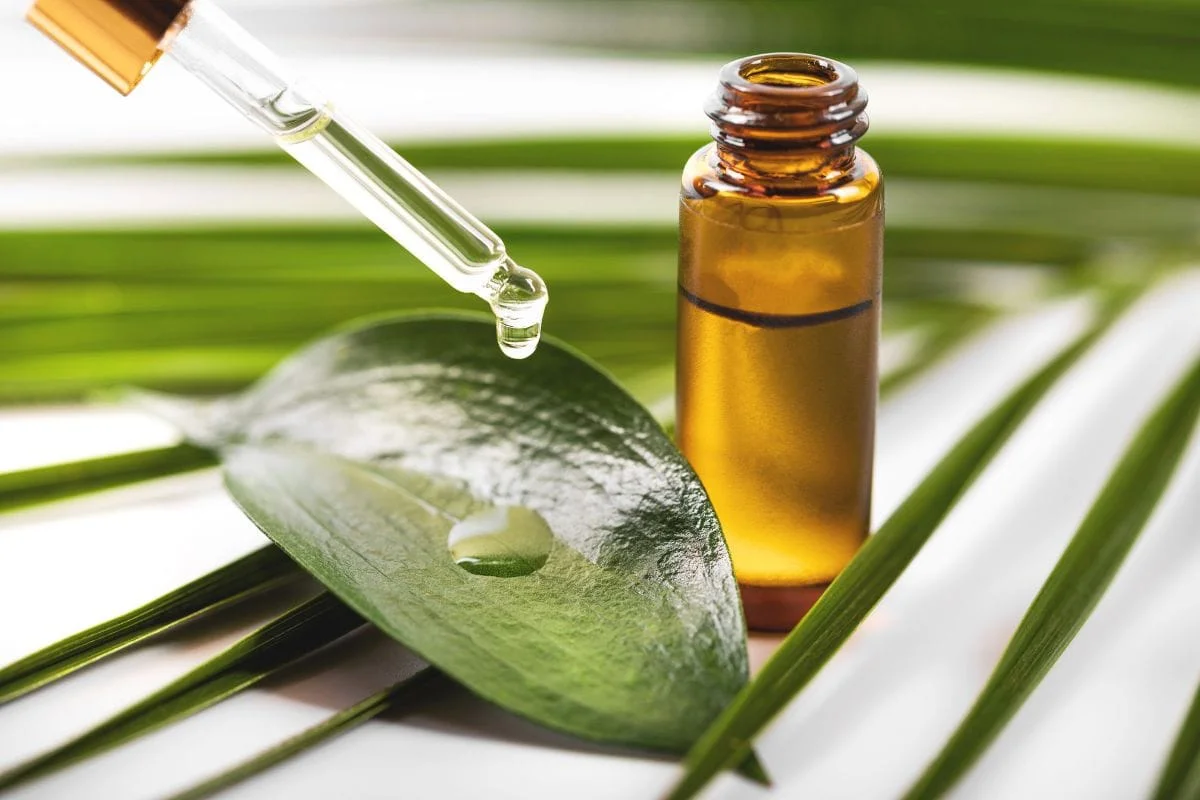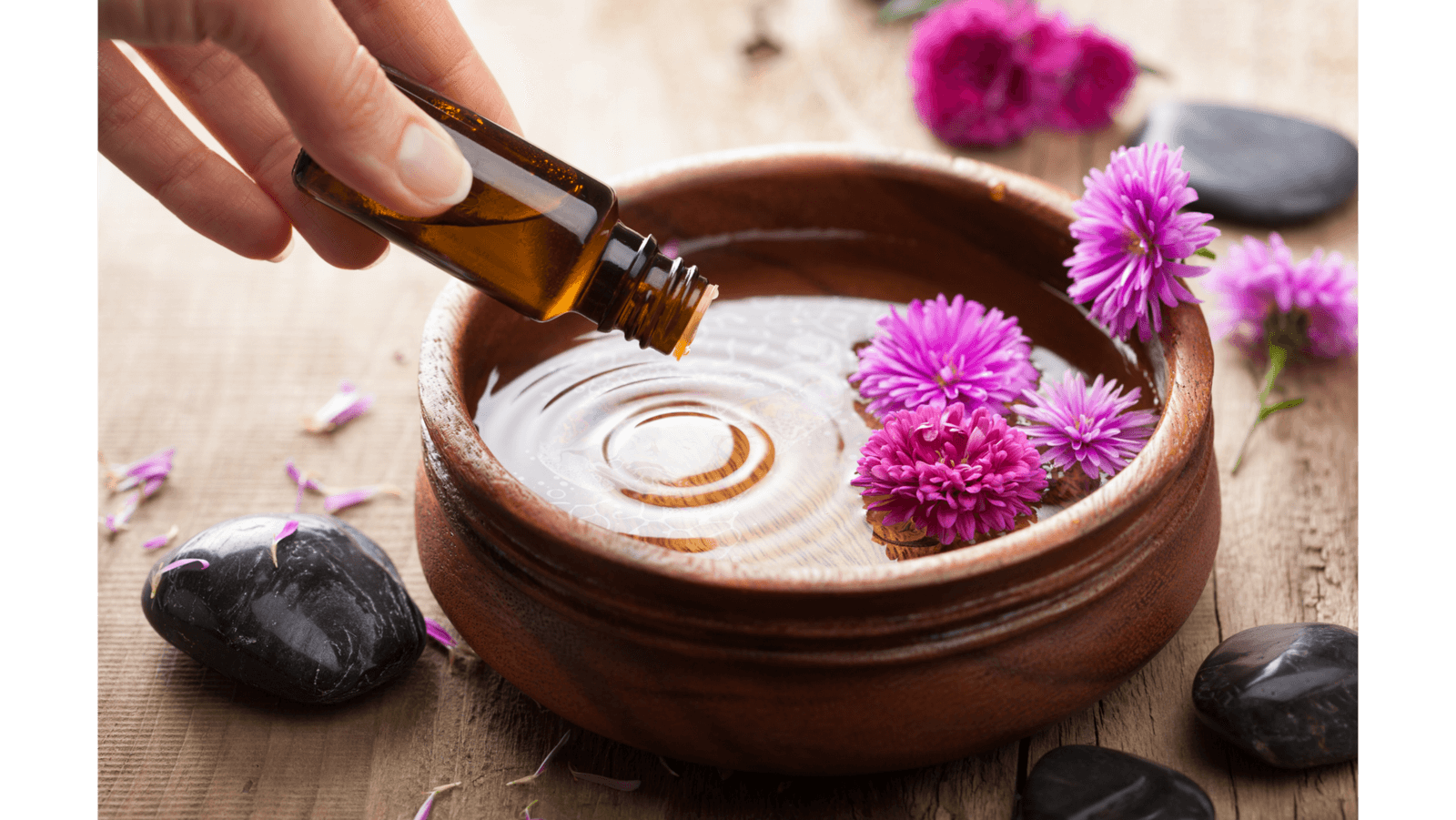"The journey of essential oils is a captivating tale of nature’s transformative magic!"
The beautiful journey that brings essential oils from the heart of plants to the safety of our bottles is truly fascinating. From steam distillation to unique techniques for producing hydrosols and flower essences.
Lets take a closer look at:
Essential Oils
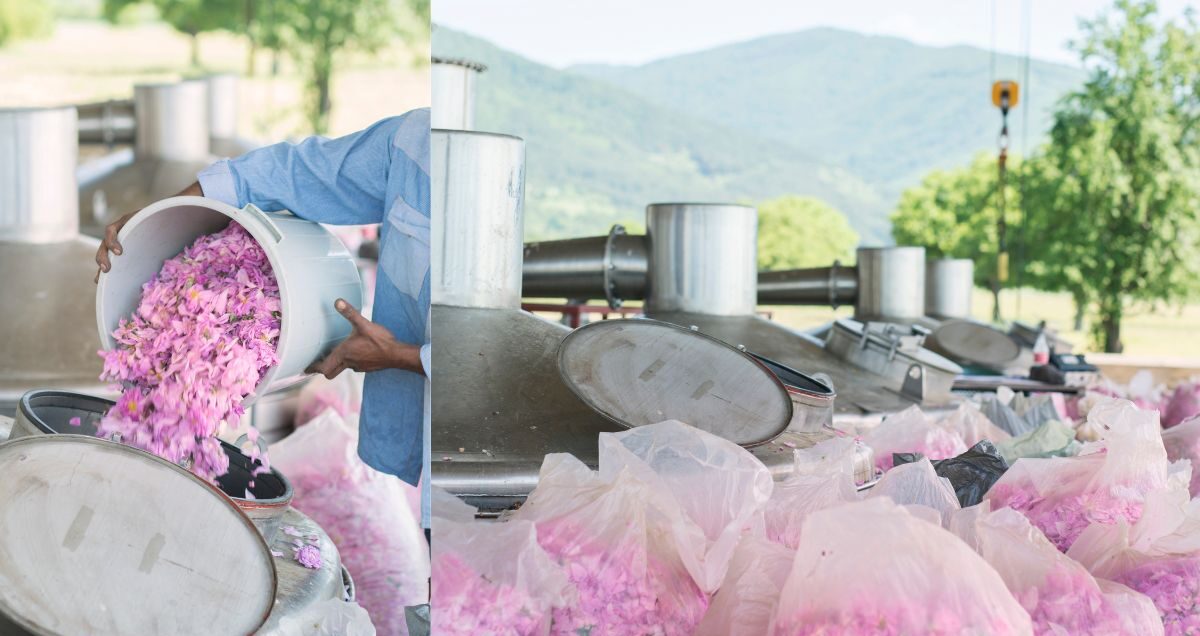
1. Distillation: This is the most common way to extract essential oils, and involves boiling plant material in water, which causes the oil to vaporize. The vapor is then captured and condensed back into liquid form, resulting in a high-quality essential oil.
2. Expression: This method is used to extract citrus oils such as lemon, orange and lime. It involves pressing the peel of the fruit with a hydraulic press to extract the oil. Cold pressing extracts oil without utilizing any heating whatsoever.
3. Solvent extraction: Not a preferred method of gathering essential oils, as it leaves behind trace amounts of dangerous solvents like petroleum ether, hexane and ethanol. The residue created by this process can cause potential harm if inhaled or ingested – making the petroleum distilled process far from ideal for healing purposes.
4. Carbon dioxide extraction: This method uses pressurized carbon dioxide to extract essential oils from plant material. The resulting oil is of high quality, with no trace amounts of solvents.
5. Steam distillation: An efficient way of extracting essential oils from delicate plants, such as Rose and Jasmine. This process requires a great deal of plant material and thus creates the same incredible scent that you would get if it were coming directly from the flower itself.
Hydrosols
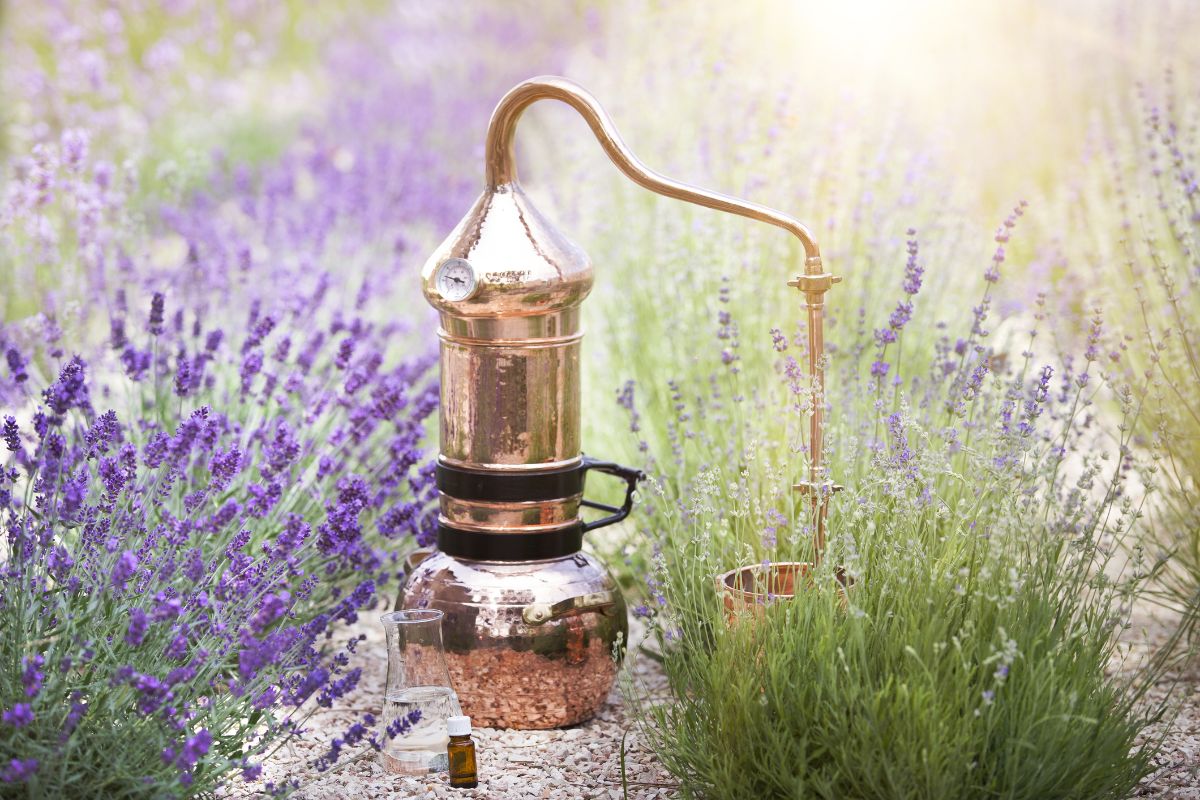
Flower Essense
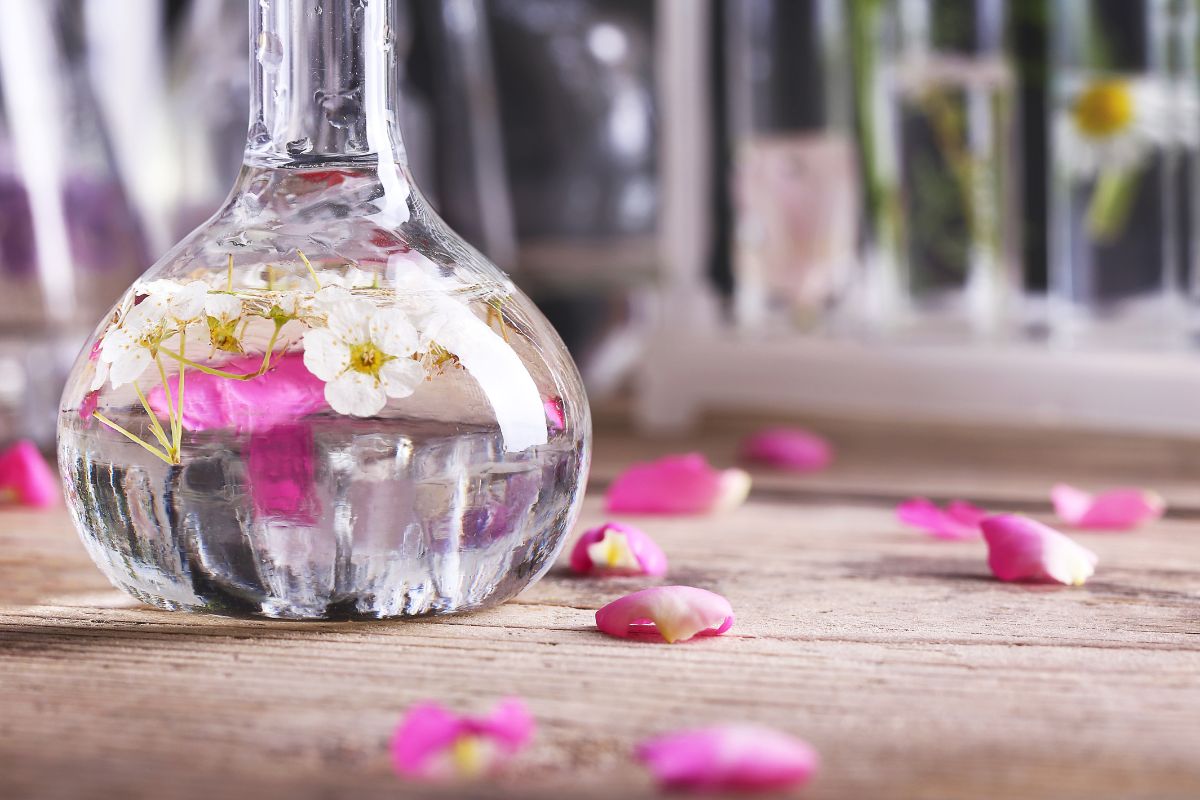
The process of making flower essences, also known as “flower therapy,” is a simple yet powerful form. Flower essences are created by carefully placing flowers in a crystal bowl filled with distilled water and allowing the sun’s rays to penetrate the solution.
This process, called solarization, helps capture the flower’s energy and imprint it into the water. After a few hours, the solution is then strained and mixed with brandy or vegetable glycerin to help preserve it.
The final product, a flower essence, contains the vibrational energy of the flower and offers healing benefits for the mind, body, and soul. Flower essences can be taken internally or applied topically and are a safe and natural alternative to traditional medicines.
The Vast Range Of Essential Oil Applications
Essential oils are quite versatile and find their way into a wide variety of applications, not just common diffuser blends and topical uses. These are some of the diverse uses they have across oils, hydrosols, flower essences, and more:
In Oils:
- Aromatherapy: An essential oil blend can be applied topically to promote relaxation, focus, or specific therapeutic effects (massages, baths, compresses) or diffused (diffusers, sprays).
- Household uses: Due to their antibacterial and antifungal properties, essential oils can be used in DIY cleaning products, air fresheners, and insect repellents.
- Personal care: Shampoos, conditioners, soaps, and lotions can be infused with them for fragrance and potential therapeutic properties.
- Culinary applications: Food-grade essential oils can be used in small amounts to flavor desserts, drinks, and savory dishes.
In Hydrosols:
- Gentle aromatherapy: A milder aromatherapy experience can be achieved with hydrosols, the leftover water-soluble components from essential oil extraction. They can be misted directly on the face or body or used in compresses.
- Facial toners and mists: They are ideal for toning and hydrating the skin because of their refreshing and gentle nature.
- Hair care: Hydrosols are great for nourishing and cleansing hair. You can use them as sprays or add them to DIY hair care products.
- Culinary uses: Hydrosols can be used sparingly in cooking and baking, similar to food-grade essential oils.
In Flower Essences:
- Emotional and spiritual well-being: Unlike essential oils, flower essences concentrate on the energetic and emotional properties of plants. Diluted in water and alcohol, they are primarily used for emotional balancing, spiritual growth, and stress relief.
- Mental and physical support: Certain flower essences are said to provide support for various emotional states, anxieties, and even physical discomforts.
Beyond These Forms:
- Animal care: A few essential oils can effectively treat fleas and ticks and calm anxiety in animals. For proper application and dosage, always consult a veterinarian.
- Industrial applications: Citronella, for instance, is used in insect repellents and household cleaners on a commercial scale.
- Research and development: Essential oils are being studied for their potential as therapeutic agents in a variety of fields, including pain management, skin conditions, and respiratory conditions.
Essential Oils: Enjoy responsibly, use safely.
Essential oils have endless benefits, but it’s important to remember that they’re concentrated plant extracts, not harmless magic potions. Using them safely and responsibly is the key to experiencing their positive effects.
Here are some key points to remember:
Dilution is crucial: Essential oils are potent and can be irritating to the skin or even toxic if used undiluted. Always dilute them properly with a carrier oil and follow the recommended guidelines.
Professional advice can help: If you’re unsure about using essential oils, especially for therapeutic purposes, speak with an aromatherapist.
Less is more: Start with small amounts and gradually increase if necessary.
Quality matters: Use high-quality, therapeutic-grade essential oils from reputable sources, and avoid cheap, synthetic oils.
Not for everyone: If you’re pregnant, breastfeeding, have underlying health conditions, or take medications, consult your doctor before using essential oils.
Be mindful of children and pets: Children and pets should be kept away from essential oils, which can be toxic if consumed or absorbed.
Store them safely: To preserve their quality and potency, store your essential oils in cool, dark places.

